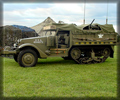

 |

|
| The M3 half-track draws it's origins from before 1940 when the Cavalry developed a half-tracked version of its M3A1 scout car. By 1939, the Artillery started to get similar ideas regarding a prime mover for its guns. |
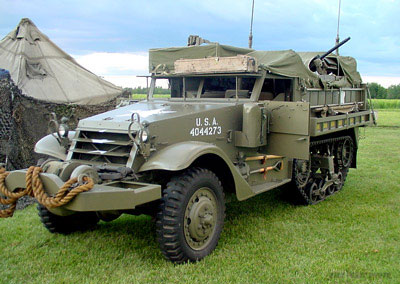 |
| When Infantry officers looked at the vehicle, they thought that with some changes, it would make a good armored infantry mount. The changes included lengthening the body, and removing the center mounted stowage bins. |
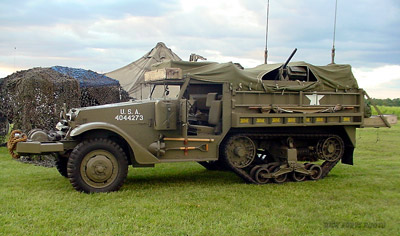 |
This led to two different basic half-track series types, the M2 and the larger M3. In 1940, the US Army Ordnance department mandated that parts for each be interchangeable, and by October of that year, they were approved for production. |
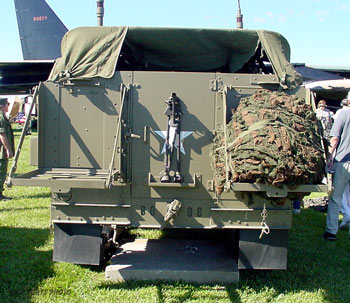 |
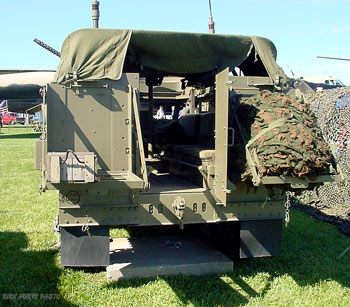 |
| The first deployment of the M3 half-track came in 1941 in the Philippines, however since there were no armored infantry troops, they were used for |
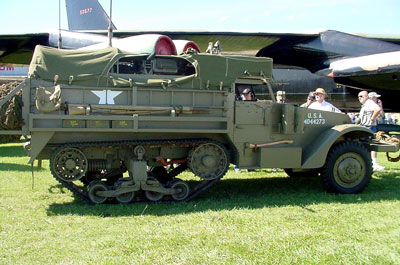 |
other applications. The first time they were used in their intended role as armored personal carriers came in 1942 during Operation Torch, the invasion of North Africa. The fighting was fierce and losses were heavy, which prompted some ill feeling among the troops regarding their half-tracks. |
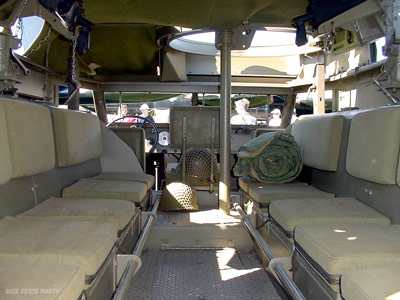 |
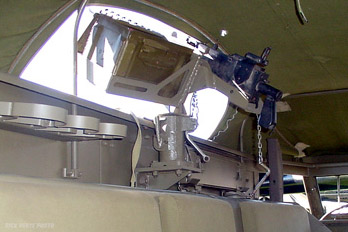 |
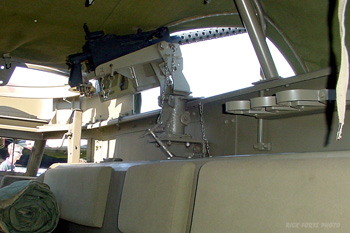 |
| Some infantry officers were also unhappy because they thought the half-tracks required too much regular maintenance, and didn't carry as many troops as regular trucks. However, after considering the grumbling from the lower ranks, Army senior leadership decided that these opinions came from those who just didn't consider the potential of the vehicle, or basically improper use of the vehicle. Half-tracks were never intended to deliver the protection of a tank, and it was decided that better training and tactics would have to be developed to use the vehicle properly. |
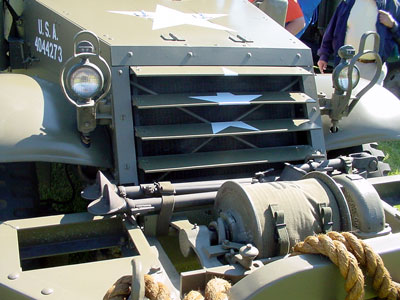 |
| In 1943 they were used again in the Sicily invasion, however this time the units found that their half-tracks provided good mobility, as they allowed the troops to follow the tanks across terrain that would have been impassable to trucks. Other advantages included the light armor, though not impervious, was still better than a trucks and allowed the troops to deploy closer to the battle, and also allowed them to leave their heavy gear in the half-track, which made them more agile and effective. |
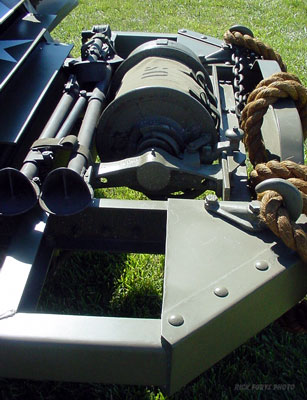 |
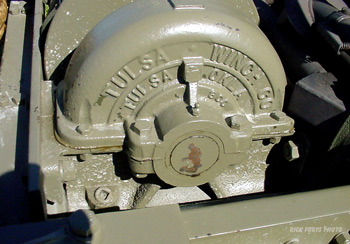 |
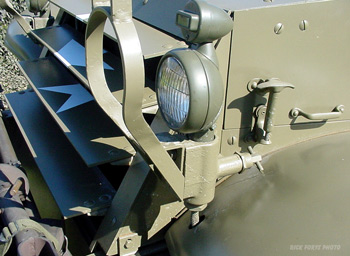 |
| Officers even found that these mechanized troops were more durable and had more stamina, as they didn't have to hike to the battle. Ironically, some senior officers started to have a problem with the cluttered appearance of the half-track units as the troops who basically lived out of them, piled them high with bedding, personal items, and other supplies, but over time, these concerns yielded to the benefits. |
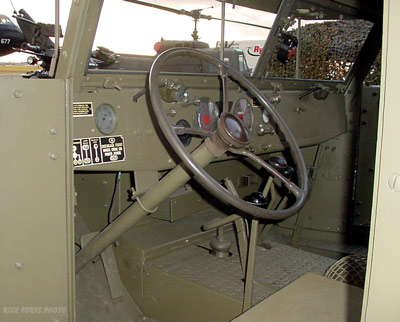 |
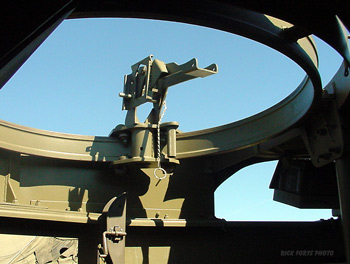 |
The M3A1 version introduced an improved machine gun ring mount that was adapted from the kind found on a duce and a half. It was combined with an armored collar and fit over the right hand seat in the driver's area. By 1943, it was generally considered that there really wasn't a need for two different variants, and that the M3 was the more preferred of the two designs. This led to the standardization of a universal M3A2 model that combined all series improvements into the final ultimate version. |
 |